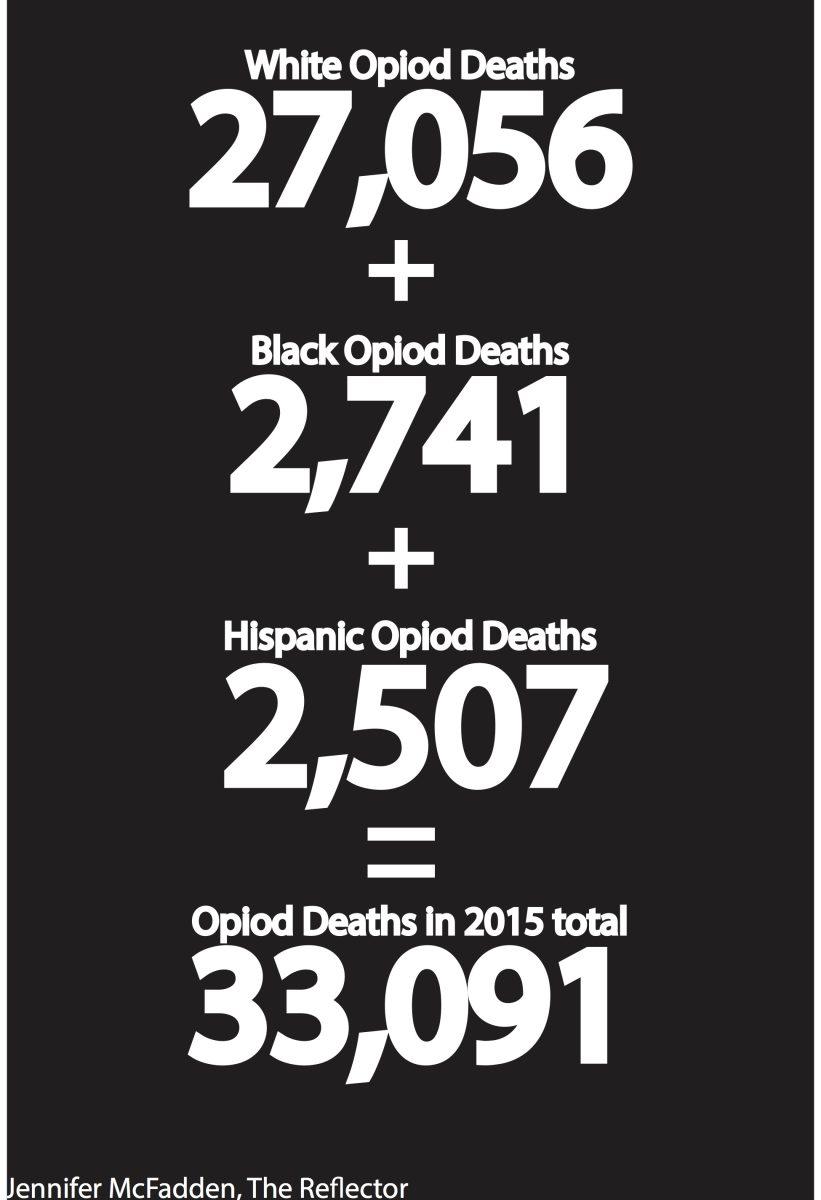In recent months, there has been a discussion on the high rate of opiod prescriptions to medical patients. Recently, a research paper was published which added context to these discussions and should be used when legislation is being drafed.
On March 23, prominent economists Anne Case and Angus Deaton published a follow-up to their stirring research paper which came out last fall. This original paper, which was titled “Rising morbidity and mortality in midlife among white Americans in the 21st century,” presented a number of statistics that came as quite a shock to many people.
The paper stated (over the past few decades) while the rates of mortality and morbidity have decreased ,for most American citizens, there has been a marked increase in mortality and morbidity factors among middle aged, white Americans.
According to the paper, the mortality rate for middle aged, white Americans stopped falling around the turn of the century, despite the fact that it fell by around two percent each year from 1978 to 1998. In fact, they found the mortality rate increased for this group up through 2013, which was the last year Case and Deaton were able to collect data for the report. Increases were found again in the data on morbidity.
Deaton and Case used data from surveys on how people rated their own health, and in their comparison between the surveys conducted during 1997-1999 and the surveys in 2011-2013, they were able to show that there was a statistically significant increase in reports of worsened health. This included increases in the amount of reported pain, psychological distress and more trouble with activities of daily living.
It should also be pointed out this correlation seemed most prevalent in midlife white Americans without a college degree. The authors noted there was no certainty in what was causing these increases, but they note that it roughly corresponded with the rise of opioid prescriptions in the late 1990s.
In Case and Deaton’s latest paper, which bears the title “Mortality and morbidity in the 21st century”, the authors returned to the data points which they discussed in the original research, but this time they went deeper into what they believe could be the causes. In the paper, Deaton and Case suggest a theory for this rise in mortality and morbidity, which they call the “cumulative disadvantage” over life.
Basically, the authors think that in many different categories, whether labor market outcomes, marriage and family life, or in health, the middle aged white demographic has seen steadily worsening outcomes over the years.
In relation to the education factor, they discuss how globalization and technological changes have altered the U.S. economy. The supply of decent jobs that do not require a college degree has declined, which is reflected in an overall decrease in the real wages of people holding only a high school diploma.
Case and Deaton theorize that this could have far-reaching implications for the other previously mentioned factors such as marriage and family life, as there has been a decline in marriage rates over this time period as well.
Men in this demographic have become less marriageable (due to declining wages), and this has led to an ongoing cycle of lower personal happiness in regards to family life, as well as a decline in health in well-being, as these people try to cope with their unhappiness by embracing certain vices, such as food, alcohol, or as mentioned earlier, opioid prescriptions.
To be clear, these are just theories that are being advanced by the two economists, and there is no clear proof yet that their claims are true. Per an article in the Washington Post, economist Adriana Lleras-Muney from UCLA noted that, “Their paper documents some facts. What is the story behind those facts is a matter of speculation.” This is an excellent way to frame the debate, as there is a clear need to have more research conducted to determine what exactly is causing these unfortunate effects.
With the increased debate as to how policymakers should address the opioid crisis in the United States, finding answers to these questions will become even more important, but a good place to start will be research papers. The solution to combatting opiod usage will not be simple, but policymakers must consider the reasoning behind the addiction before drafting legislation.





















































































